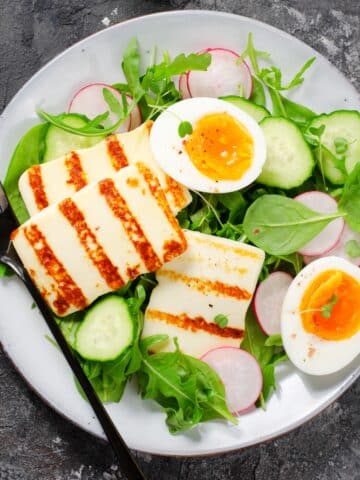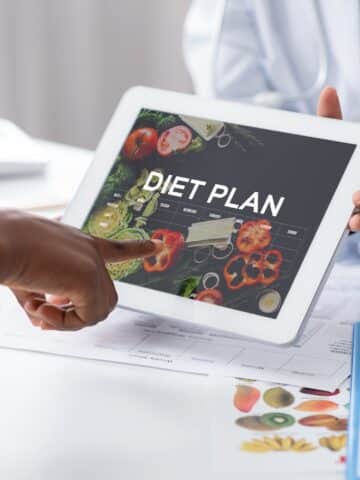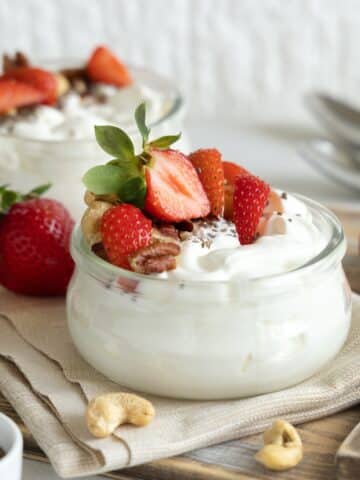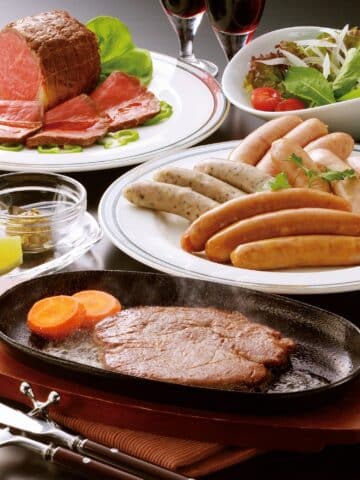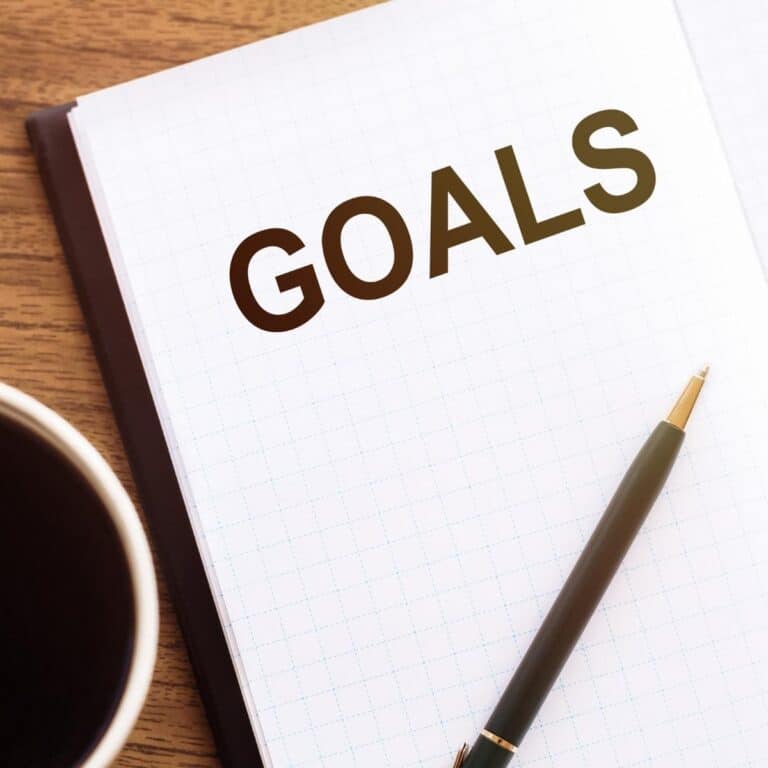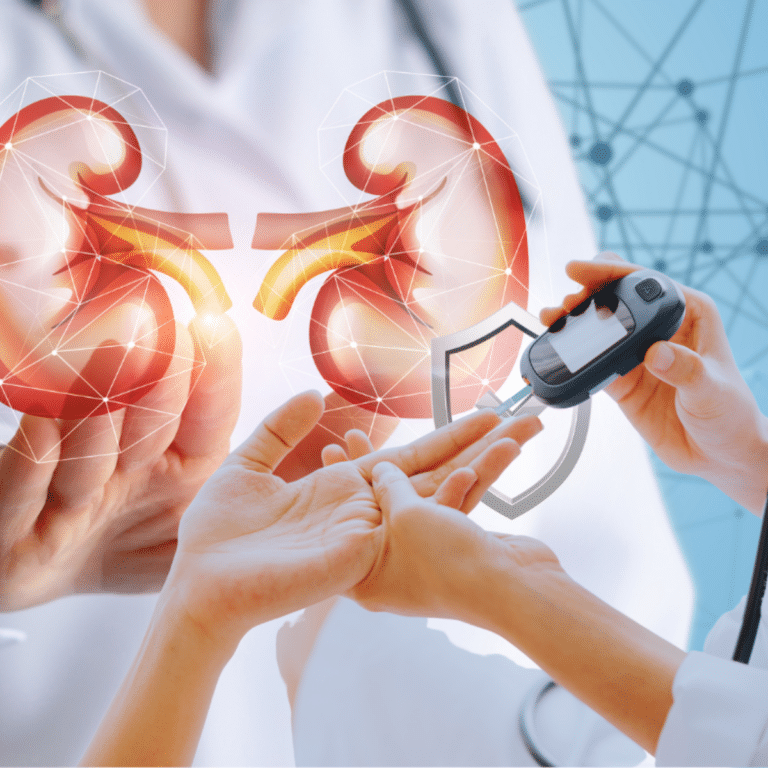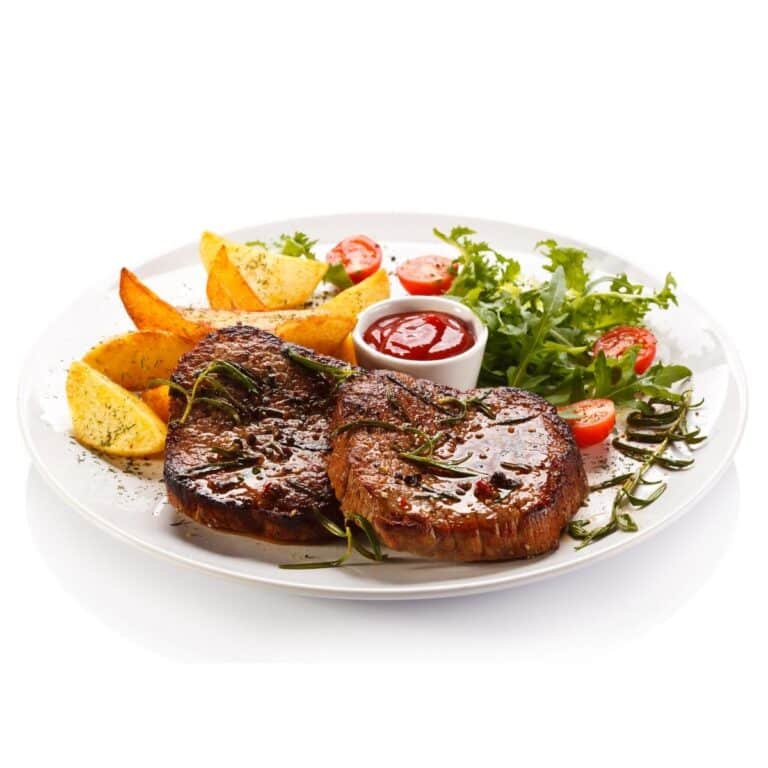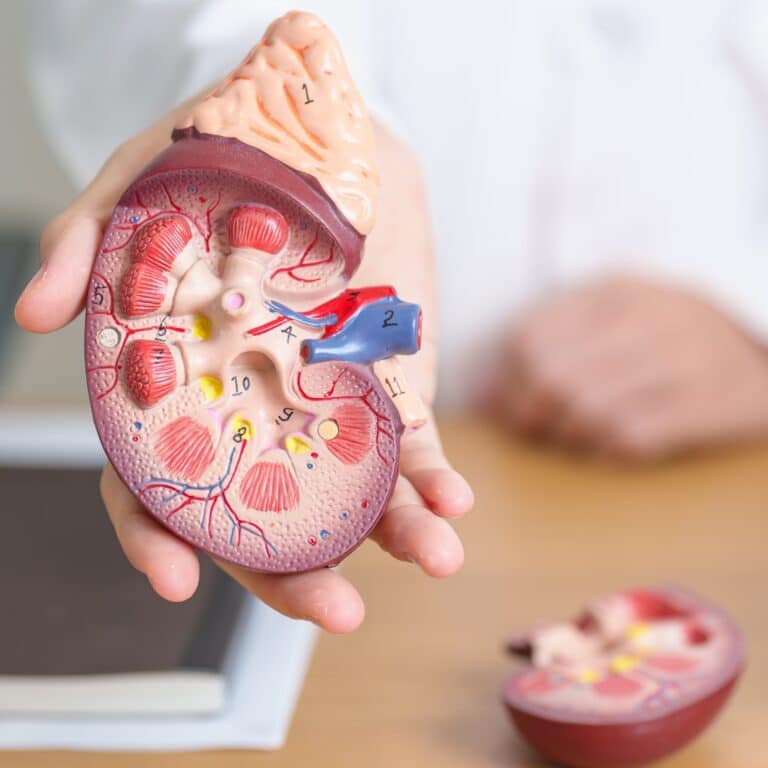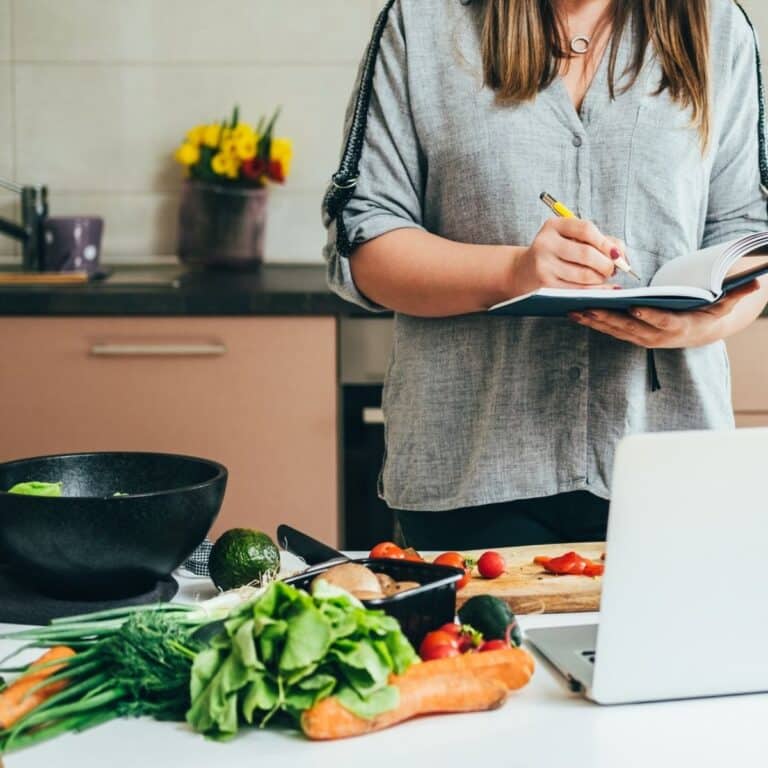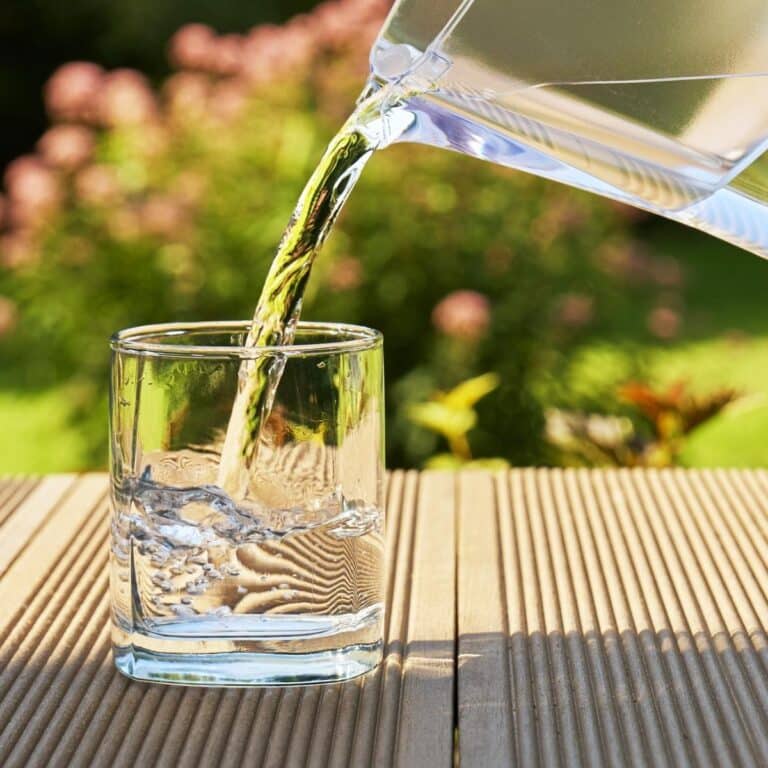Tips For a Low Potassium Diet
Are you looking for tips on how to follow a low potassium diet? If so, you've come to the right place.
Potassium is an essential mineral that helps regulate your body's fluid balance and muscle contractions. But too much of it can be dangerous, especially if you have end stage renal disease. What happens if your potassium is high?
In this article, we'll discuss the importance of potassium in the body, what foods to watch out for, and how to adjust your diet accordingly. We'll also talk about monitoring your potassium levels and provide resources for further information.
So let's get started!
Jump to:
- Key Takeaways
- Importance of Potassium
- Potassium Restriction in Kidney Patients
- Low Potassium Foods
- Personalized Potassium Needs
- Cooking Kidney-Friendly Meals
- Symptom Monitoring
- Serving Size Awareness
- Leaching Vegetables
- Additional Resources
- FAQs for Low Potassium Diet
- Enjoy Low Potassium Food With Your Renal Diet
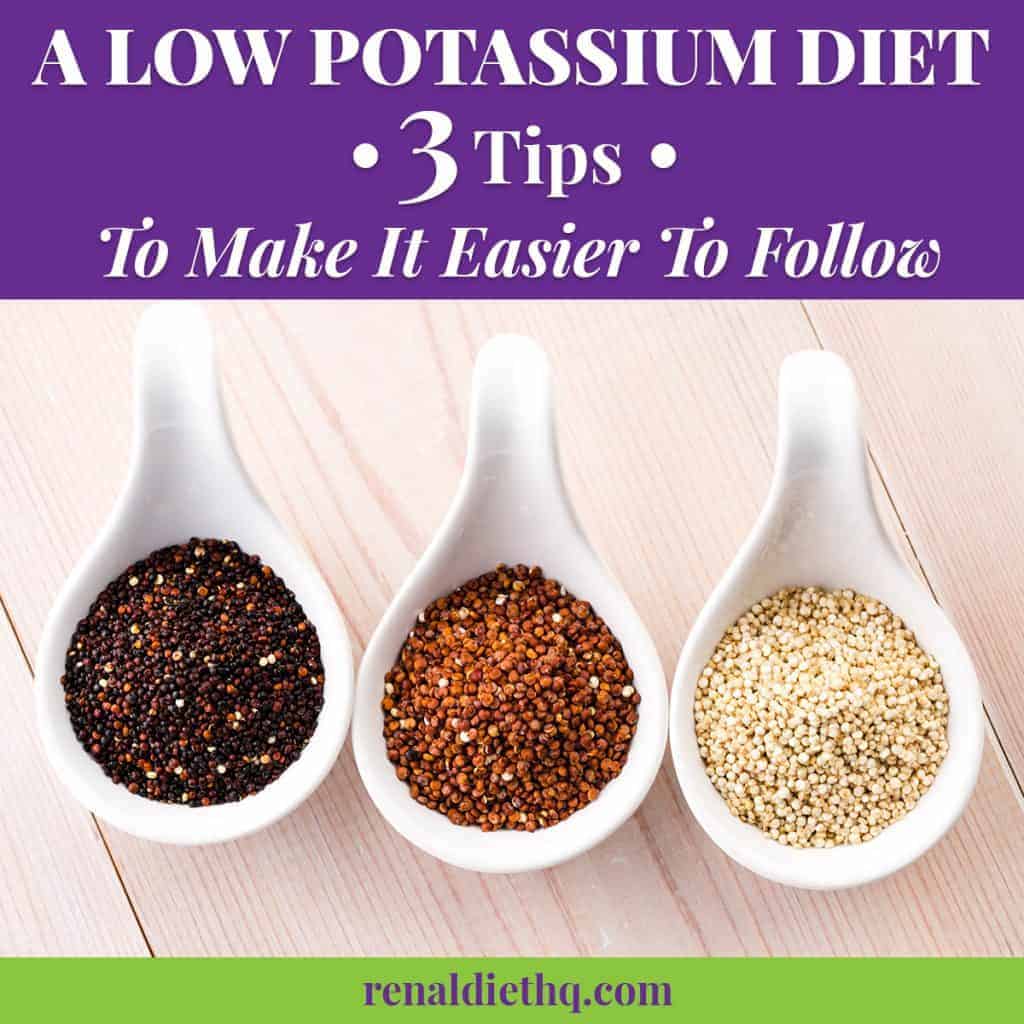
Key Takeaways
- High potassium foods, such as greens, beans, and tomatoes, should be limited on a low potassium renal diet. Are kidney beans good for kidneys?
- Small servings of high potassium foods can be eaten, but portion control is important.
- Renal diet meal plans can help make following a low potassium diet easier.
- The amount of potassium per meal should be monitored on a low potassium renal diet to maintain healthy potassium levels.
For More Recipes and Ideas --->> Get Your Free Meals and Recipes That Are Perfect for Pre-Dialysis Diets, Pre-Dialysis with Diabetes, or Dialysis Diets.
Importance of Potassium
Potassium is essential for normal heartbeats and muscle/nerve function, so it's important to keep an eye on your potassium levels if you have kidney disease.
Potassium plays a vital role in the body by helping to regulate blood pressure and aiding in muscle contractions.
Potassium Restriction in Kidney Patients
However, A low potassium diet is a diet that is usually recommended for people who have journeyed down the road towards end stage renal disease. As your kidneys start to fail, it's difficult for them to process the potassium in foods and eliminate it.
As potassium builds up in your body, it can affect muscles and how they work. Our bodies are made of muscles, but one of the most important muscles that you don't want to have stop working is your heart. So a low potassium diet is often recommended to help you make sure you don't have too much potassium in your blood, which can affect your heart's ability to contract and pump blood throughout your body.
Symptoms of high blood potassium (hyperkalemia) can include fatigue, vomiting, shortness of breath, chest pain, and heart palpitations.
Foods high in potassium include spinach, sweet potatoes, avocados, bananas, and dried fruits.
Dairy products such as yogurt (renal diet yogurt) and milk are high in potassium as well as seafood like salmon.
Fruits including oranges and cantaloupe are also rich in this mineral.
Eating smaller portions of these foods throughout the day will help ensure you receive the recommended daily intake of potassium without going over your limit if you have kidney disease.
However, a very low potassium intake can also be bad for your health. It's important to work with a dietitian who's familiar with renal diets to make sure that you're eating the right amount of foods that contain the appropriate amounts of this important mineral. They can help create meal plans for you that'll meet your specific needs while still providing adequate nutrition for overall health and wellbeing.
Low Potassium Foods
Eating the right foods can help you maintain a healthy potassium level, so try out some delicious and nutritious low-potassium options! Portion control is key when it comes to limiting your intake of high potassium foods (low potassium meals).
Try swapping in lower potassium substitutes when shopping for groceries or planning meals. For example, opt for pasta instead of potatoes and swap apple juice for orange juice.
Meal planning is also an important part of following a low potassium diet. Renal diet meal plans can make it easier to plan meals that are both tasty and kidney-friendly. By prepping ahead of time, you can ensure that you have quick and easy recipes on hand that are low in potassium but still full of flavor.
Plus, there are plenty of recipe ideas available online with mouth-watering dishes like chicken tortilla casserole or roasted asparagus and wild mushroom stew! With a little bit of effort, you can enjoy tasty meals while still controlling your potassium levels.
So, get creative in the kitchen and whip up some delectable kidney-friendly dishes today!
Personalized Potassium Needs
Everyone's potassium needs are unique, so it's important to talk to your healthcare team about what works best for you! Potassium monitoring is essential when managing kidney disease. This means that individual needs should be considered when making dietary adjustments.
Consulting a dietitian can help develop a plan that meets your personalized needs while still providing the necessary nutrition and keeping potassium levels within a healthy range.
With guidance from your healthcare team, you can make small changes that will have big impacts on overall health. For instance, leaching vegetables by soaking them overnight in cold water before cooking can reduce the amount of potassium they contain.
According to the National Kidney Foundation, avoiding drinking or using the liquid from canned fruits, canned vegetables or juices from cooked meat could also help lower potassium intake.
It's also important to remember that recipes for kidney-friendly meals are available online and in cookbooks designed specifically for people with renal diseases such as chronic kidney disease (CKD). By taking advantage of these resources, it is possible to create delicious meals while following a low-potassium diet plan tailored for your individual needs.
Taking the time to adjust one's diet accordingly can lead to improved quality of life and better management of symptoms associated with kidney diseases.
Cooking Kidney-Friendly Meals
Cooking your own kidney-friendly meals can be a great way to manage phosphorus, sodium, and other minerals while still enjoying delicious dishes. With some meal planning and creativity, you can find recipes that suit your individual needs as well as those of your family.
There are many techniques that can be used to enhance flavors and ingredients that are low in potassium so you don't have to sacrifice flavor. When cooking kidney-friendly meals, it's important to plan ahead by looking for recipes that contain ingredients low in potassium such as fruits like apples (applesauce in smoothies) or pears or berries, vegetables like lettuce or cabbage or cucumber, grains like rice or pasta, and non-dairy milk options such as rice milk.
It's important to research the amount of potassium in each ingredient before including them in a meal. By taking the time to develop a meal plan with appropriate portion sizes for each food group, you can make sure that you are eating enough but not too much of any one nutrient including potassium.
Kidney-friendly recipes can help give guidance on how best to prepare food without compromising taste or nutrition. If desired, consulting with a dietitian may provide additional insight into what foods will work best for your individual dietary needs.
Symptom Monitoring
It's important to be aware of any symptoms that arise when following a low potassium diet, as they could indicate an imbalance in the body. Monitoring your symptoms is essential for optimizing your health and wellbeing on a low potassium diet.
Here are some things to keep in mind:
* Potassium Levels: Keeping track of your potassium levels is key to ensure you're staying within the optimal range for your condition. Your doctor or dietitian may recommend regular blood tests to monitor your levels.
* Dietitian Consultation: Consulting with a renal dietitian can help you adjust your diet and lifestyle accordingly. They'll provide guidance on which foods and beverages should be consumed or avoided in order to maintain healthy potassium levels.
* Lifestyle Adjustments: Making changes to one's lifestyle may be necessary in order to effectively manage their kidney disease and reduce the risk of complications related to high potassium levels. These adjustments include avoiding certain medications and managing comorbid conditions like diabetes and high blood pressure, as they can contribute to kidney disease. Maintain a healthy blood pressure by following a low-sodium diet, exercising regularly, and taking prescribed medications as directed.
Finally, it's important to stay in communication with your care team regarding any changes in symptoms such as nausea, vomiting, chest pain, shortness of breath, or heart palpitations that could indicate an issue with potassium balance. If these occur while following a low-potassium diet, contact your healthcare provider immediately so they can evaluate whether additional interventions are necessary.
Serving Size Awareness
Awareness of serving size is essential when managing potassium levels on a renal diet. When following a low potassium diet (7 day meal plan for low potassium diet), it can be easy to over consume high potassium foods without realizing it. This is why portion control and reading food labels (read labels carefully as a kidney patient) are key for those with kidney disease.
Knowing how much of each food contains the desired amount of potassium can help you stay within the recommended ranges. Meal planning can also help in controlling your daily intake of potassium; by pre-planning meals and snacks throughout the day, you can make sure that you're not exceeding your daily limit of high-potassium foods.
When dining out at restaurants or eating at friends' houses, look for options that are low in potassium and other electrolytes that need to be limited while on a renal diet such as sodium and phosphorus. Ask questions about ingredients used in preparing dishes, as some restaurants may add extra salt or seasonings containing hidden sources of sodium or other electrolytes. If ordering from a menu, choose smaller portions that contain fresh fruits and vegetables which are naturally lower in sodium compared to processed foods.
Finally, consult with a registered dietitian who specializes in renal nutrition to create an individualized meal plan that meets your unique needs. They'll take into account any dietary restrictions due to health conditions, lifestyle choices such as vegetarianism or veganism, along with medication interactions that might have an impact on what foods should be included in your meal plans.
With their expertise, they'll be able to provide helpful tips tailored specifically for you to help manage your condition successfully while still enjoying delicious meals!
Leaching Vegetables
Leaching vegetables is an essential technique for those with kidney disease to consider when managing their potassium levels, as it can drastically reduce the amount of minerals in high-potassium produce. Here is how to leach vegetables:
- Peel the vegetable and place it in cold water to keep it from darkening.
- Slice it into parts that are ⅛-inch-thick.
- Rinse in warm water for a few seconds.
- Soak the vegetable pieces for a minimum of 2 hours in warm water. Use 10 times the amount of water to the amount of vegetables. If you plan on soaking for longer, make sure to change the used water every 4 hours.
- Rinse the vegetable using warm water again.
- Cook the vegetable using 5 times the amount of water to the amount of vegetable.
Remember that leaching does not remove all the potassium from vegetables and that you still must limit the amount of leached high-potassium vegetables that you eat.
It's important to talk to a doctor or dietitian about what foods should be avoided and how much potassium should be consumed each day. Preparing vegetables by leaching them helps remove some of the minerals that could cause potassium levels to increase.
Making healthy food choices that are low in sodium, potassium, and phosphorus while still providing essential nutrients is an important part of managing kidney health. Leaching vegetables is one way to ensure that you get adequate nutrition while avoiding potential increases in your potassium levels.
It's always best to consult your healthcare team before making any changes in your diet so they can guide you on how best to manage your condition.
Additional Resources
Eating foods low in potassium is important when following a low potassium diet. Salt substitutes made from potassium chloride should be avoided, and high-potassium fruits such as bananas, apricots, kiwi, mangoes, nectarines, and dried fruits should be eaten in smaller servings or avoided altogether. It’s also important to keep your potassium level from getting low as this can also lead to problems.
It's essential that you speak with your healthcare team before making any changes to your dietary intake. They'll be able to provide personalized advice based on your lab results and individual needs regarding what food choices are best for you.
With the right resources at hand and guidance from a healthcare professional, you'll be well-equipped with all the knowledge needed to successfully manage your low-potassium diet!
FAQs for Low Potassium Diet
It's important to monitor your potassium levels regularly if you have kidney disease. Talk with your healthcare team about the best monitoring tools for you to use.
Aim to include foods in your diet that are low in potassium and sodium, and high in other essential nutrients. Planning meals ahead of time and having healthy substitutes on hand can help make following a low-potassium diet easier.
Additionally, regular tests should be done to monitor any changes in levels of kidney function, which are typically recommended to be done annually.
Additionally, be mindful of your sodium intake, which can affect your blood pressure level. With careful monitoring and planning, you can keep your electrolyte levels within a healthy range.
Yes, there are several low potassium snacks available. Fruits like apples, berries, plums, and grapes are great options for a low potassium diet. Vegetables such as celery, cucumbers, lettuce, and corn are also good options.
Rice, pasta, bread, and bread products are also suitable to be included in a low-potassium diet. .
With all these options to choose from, you'll be sure to find something to satisfy your hunger while staying on track with your diet!
Kidney patients on potassium-restricted diets are generally advised to keep your daily potassium intake below 2,000 mgs.
It's important to monitor your symptoms and lab results when following a low potassium diet. The amount of potassium you should consume daily will depend on your individual needs.
Your healthcare provider or dietitian can help you determine the best sources and dietary restrictions for you. Foods high in potassium, such as spinach, tomatoes, orange juice (is orange juice good for your kidneys), and potatoes, should be consumed in small portions or substituted with lower-potassium options like apple juice for orange juice and rice or pasta instead of potatoes.
Meal planning can also be beneficial when following a low-potassium diet to make sure you are eating the right amounts of the right foods.
So for some tips to follow, you need to know the following about a low potassium diet:
1. You should avoid a "salt substitute" that is white. You can use all the Mrs. Dash that you like, but don't use the nu salt or other types of salt replacements that are made from potassium chloride. Read the label to be sure, but most of the time this is the case. While these can be ok for someone who is trying to reduce the intake of sodium chloride, your body is not processing the potassium either, and you will have to use other seasonings to make your low potassium diet work.
2. Greens, beans and tomatoes are high in potassium. You can eat small servings of these, if you like them, but realize that they contain a high dose of potassium. Baked beans, black beans and almost any type of dried beans (are kidney beans good for kidneys) and peas are high in the amount of potassium in a ½ cup serving. You could eat about ¼ of a cup of them and be ok, so if you are making a lunch taco and want some refried beans, stick to a small amount.
Problem is - it's hard to judge. So be careful. You can eat green beans or wax beans, and a lot of the lighter colored vegetables (except potatoes). Foods like cucumbers, lettuce, corn, carrots and squash are low in potassium and serve as a great side dish.
3. Usually, you should substitute rice or pasta in place of potatoes and apple juice for orange juice. Those two foods are high in the amount of potassium per serving, and if you make it a habit to just not consume those you will be a long way towards making your low potassium diet successful.
Fruits that are low in potassium are apples, blackberries, blueberries, cherries, grapes, peaches, pears, strawberries and pineapple. Some of those have a juice associated with them that’s also low in potassium- pineapple juice for example.
Enjoy Low Potassium Food With Your Renal Diet
Following a low potassium diet is an important part of managing your health if you have end stage renal disease (questions about end stage renal disease). It's important to watch out for foods that are high in potassium, monitor your symptoms, and be aware of portion sizes.
Additionally, peritoneal dialysis patients may need to adjust their diets further. With the right adjustments and monitoring, you can maintain a healthy lifestyle and keep your potassium levels in check.
Remember to consult with your doctor or dietitian for personalized advice and additional resources on following a low potassium diet.

